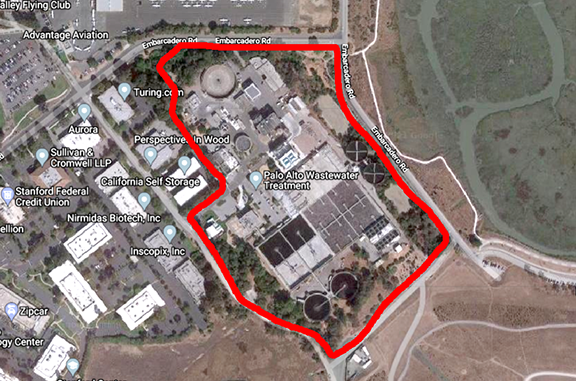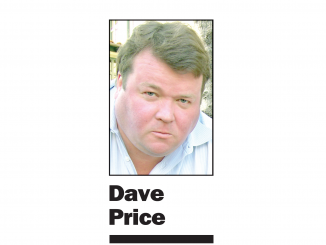
This story was originally printed in Wednesday’s Daily Post on Wednesday. To get all of the local news first, get in the habit of picking up the Post in the mornings at 1,000 Mid-Peninsula locations.
BY ELAINE GOODMAN
Daily Post Correspondent
Palo Altans might be facing water-bill surcharges or water rationing in response to drought conditions, under a plan the City Council will review on Monday (June 7).
Under the proposal, the city could choose to limit the watering of lawns or landscaping to three days a week from April through October during a drought, cutting that down to two days a week if conditions worsen.
In an extreme water emergency, the city could prohibit outdoor water use altogether except when it’s needed for health or safety.
In early stages of a drought, the city could tell restaurants to only serve water to customers if they request it. Hotels might be instructed to give guests the option of skipping daily washing of towels and sheets.
The U.S. Drought Monitor, a project of federal agencies and the University of Nebraska-Lincoln, placed Santa Clara and San Mateo counties in the “extreme drought” category as of last month.
But the proposed plan being presented to the council on Monday isn’t in response to current drought conditions. Rather, the state requires urban water agencies to review their Urban Water Management Plan every five years.
Still, the plan can give residents an idea of what to expect during a drought.
The plan lays out strategies for different levels of water shortages. In Stage 1, the city sets a target of reducing water usage by up to 10%; Stage 2 is a 10% to 20% reduction; Stage 3 is a 20% to 30% reduction; etc.
The city’s water rates are already structured to encourage conservation, according to the report. But starting with Stage 2, a drought rate structure might be implemented, in which drought surcharges may be added to water bills.
Rationing possible
And starting with Stage 5, when the city sets a target for reducing water use by 40% to 50%, water rationing may be implemented.
“With each progressive stage, enforcement, rate strategies, and water use restrictions will be increased,” City Manager Ed Shikada said in a report to the council. The report noted that steps would be taken to protect trees.
The city has experience in cutting back water consumption during a drought. During the drought of 1977-78, for example, citywide water use fell 16% in fiscal year 1977 and 37% in fiscal year 1978, as compared to 1976 levels.
In 2015, the state required cities to cut back their water use due to drought conditions. Palo Alto went beyond the 25% reduction target for June 2015 through May 2016, reducing water usage by 31% relative to 2013. The water savings was achieved by restricting landscape irrigation to twice a week along with other measures, according to the city report.
Water use per person falls
Even though water use per person has fallen in Palo Alto, the city expects water usage to increase over the next two decades due to increases in the number of businesses and residents.
The city gets all of its drinking water from the San Francisco Public Utilities Commission. In addition, recycled water from the city’s Regional Water Quality Control Plant is used for certain purposes, such as irrigation of the municipal golf course.
The supply of drinking water from SFPUC is typically enough to meet demand. But that could change once the State Water Resources Control Board’s Bay Delta Plan is implemented, according to the city’s proposed Urban Water Management Plan.
Under the Bay Delta Plan, natural water in the Central Valley would be allowed to enter the Delta from February to June. The plan is intended to protect water quality in the region as well as fish and wildlife.
“If the Bay Delta Plan Amendment is implemented, the SFPUC will be able to meet the projected water demands presented in this (plan) in normal years but would experience supply shortages in single dry years or multiple dry years,” the city’s proposed plan states.
The city could take a closer look at supplementing its water supply through a system of groundwater wells, according to the report to council. That option will be considered further as part of an upcoming plan called the One Water Plan.



